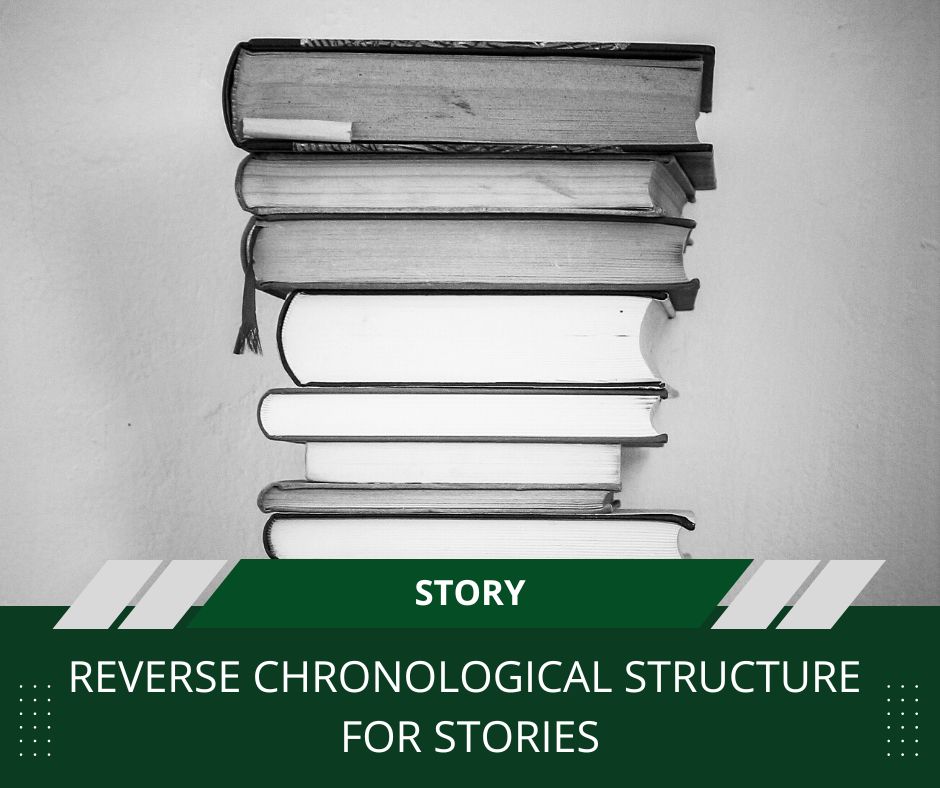The usage of backward time order in storytelling is a time-honored tradition. Still, it’s usually reserved for exceptional circumstances due to the fact that it’s challenging to follow or appreciate as entertainment until the show or book is completed. In a story told in reverse chronology, the events of the story are revealed before they actually occur.
This storytelling method involves revealing the story’s final scene at the very beginning. After the current scene concludes, the next-to-last scene will play, and so on, until the very first scene in the film is presented at the very end.
Due to the unconventional nature of this approach, it is reserved for specific types of stories. In the film Memento (2000), for instance, one of the main characters suffers from anterograde amnesia and consequently can’t make any new memories. By playing scenes in reverse chronological sequence, the film mimics the protagonist’s perspective by leaving the audience in the dark about what happened before each scene as the protagonist is.
Beginning with a murder, Irréversible is a film about violence that cannot be undone. The rest of the movie reveals not just that the killings are an act of revenge but also what, specifically, is being avenged. The film’s graphic violence caused quite a bit of controversy, and if exhibited in chronological sequence, the film would have been nothing more than a plain and gratuitously vicious revenge picture. However, as it is, recounted backward, the audience is forced to ponder the full extent of the results of each action, and “more than meets the eye.”
Writings unearthed in Egyptian pyramids provide evidence of reverse chronology in storytelling, often known as retrograde writing, dating back to at least the time of ancient Egypt. From the 1930s until the present day, the form has been used in a wide variety of other modern plays, films, novels, and television programs. Reverse chronology can have the characters reminiscing about the past, or it can be a literal exhibition of sequences in reverse, something that is easier to pull off in film than in written form.
Like the flashback, but more thorough, reverse chronology is a literary device. It’s a way of telling a story in which the ending is presented first, and the story is narrated backward, starting at the end and working its way up to the beginning. This can be done in a novel, a play, or other literary forms.
